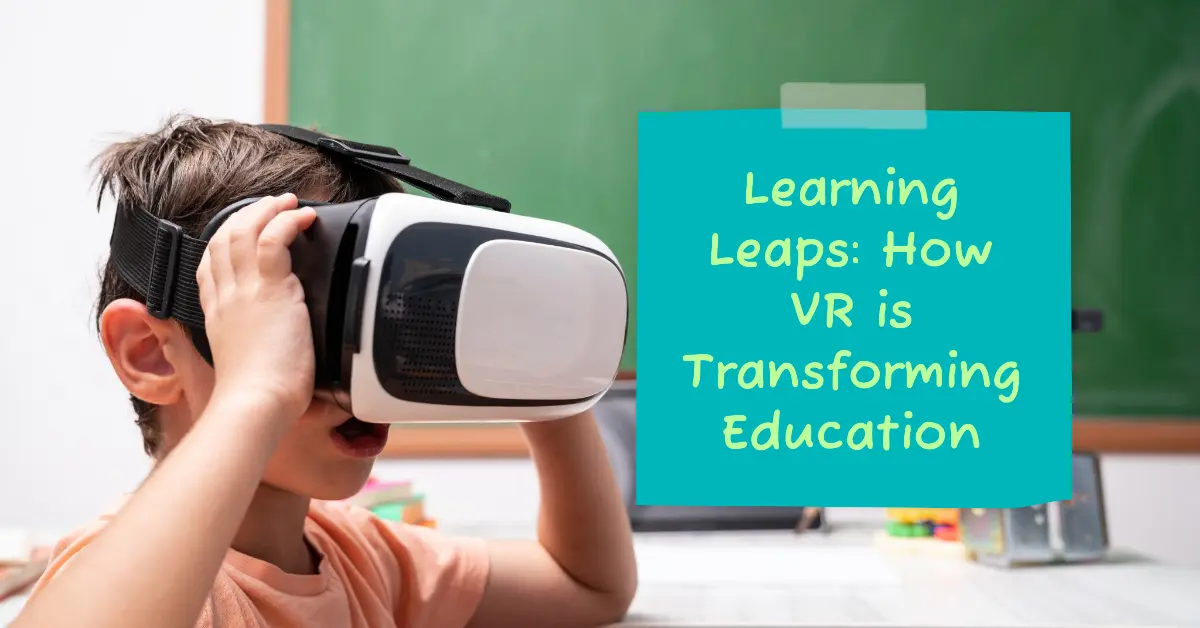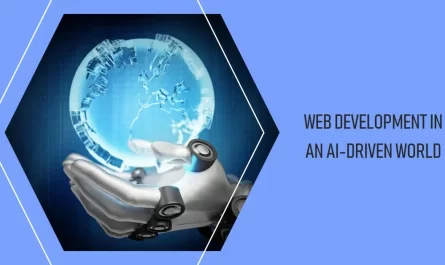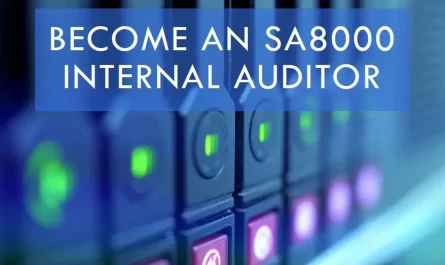Virtual reality has come leaps and bounds in many sectors beyond the education system but has really positive health impacts, and if something can transform their lives while being minimally invasive, then its application to help students with education is pretty self-explanatory on paper. While this isn’t going to be launched in all schools next week, it has already been distributed and tested at a range of schools, and others are finding the funds to adopt this technology.
While all signs are already pointing in the right direction, it’s interesting to understand how and why virtual reality is transforming the education system as we know it, so without further ado, let’s dive right into it.
What Is Virtual Reality Learning?
In short, virtual reality allows students to experience destinations across the world without leaving the classroom and the beauty of virtual reality compared to augmented reality is that VR is completely fictional so you can experiment with different ways so your students can uniquely learn the information. It’s like the saying goes, there is no one size fits all and virtual reality recognises that and provides an alternative solution.
Virtual reality learning is extremely personalised; therefore, it has the potential to transform how students with learning disabilities and disabilities learn and this is an outstanding step forward in the education system.
How Exactly Does It Work?
A type of VR known as 360VR is most commonly used in education. This allows real-life scenarios to be captured and adapted to create personalised and unique VR content.
VR in education works by creating a completely immersive learning experience. Students wear headsets that transport them to a simulated environment where they can interact with virtual objects and characters. This is different from Augmented Reality (AR) which overlays digital elements onto the real world. VR creates a whole new world for students to explore.
What About Practical Application?
Imagine a student learning about different throwing techniques in baseball. Traditionally, this might involve watching videos or reading instructions. With VR, the student could be transported to a virtual baseball field. They could see a pitcher in front of them, and a coach could be there virtually to explain proper form. The student could then practice their throws, receiving feedback on their mechanics in real time. They could even see the ball travel virtually and hit a target, helping them visualise the outcome of their throws. This made practice and progress a smother experience so they could put on their workout gear and men’s full tracksuit and pop on the VR set just before practice.
This is just one of the practical ways that VR helps students strive for the best, especially those who learn better by seeing it happen. This was similar to my learning type, as I would forget words and daydream a lot, but if I was watching and engaging with something, I could remember it a year later.
Implementing VR in The Classroom
So you might be wondering, How exactly does it work in a classroom full of students? A common tactic used is an immersive or virtual learning classroom.
An immersive classroom is when images and videos are projected on all the walls of a classroom to make them feel like they are in the world they are learning about. This would work best with younger pupils in primary schools or students who find the VR headset uncomfortable or would benefit from interacting with other students.
VR headsets are more practical for older students and are a more individual experience so this might be difficult unless you have a headset for every student in the class to do a full lesson but they can be miles more effective for students in terms of progress and learning.
What Are the Advantages That VR Learning Brings?
Authentic Learning Environments
One of the core strengths of virtual reality is its capacity to simulate real-world situations in a controlled and safe setting. Placing students in an authentic environment allows them to feel they are physically there and allows them to build a deeper connection and understanding of the topic at hand.
Talking to students doesn’t always help but showing them what you are talking about in its full glory can build a better quality learning experience and help them find their passions as they grow into adulthood. For example, if you were teaching students about waves you could simulate waves and this way, while you are teaching the theory, they can see that in real life.
The first-hand experience can be hugely beneficial for sectors such as healthcare, engineering and sports.
Enhanced Engagement and Motivation
Capturing the student’s attention with a chance to see it first-hand can boost motivation and engagement, which can be the downfalls of education. Especially in universities, where people pass without attending, sometimes getting students to the classes can be hard if it’s the same thing over and over again. VR removes the unknown and boredom from the classroom, ensuring you’ve got a full class every lecture but it also improves information retention.
Emotional Connection to Content
VR has the outstanding ability to evoke strong emotions from its students, as these experiences can not only be personalised to students but offer a once-in-a-lifetime opportunity to experience things without having to go anywhere. Through those glasses, it has the potential to foster empathy, which can be instilled into their brains for a lifetime, which is essentially what education is all about.
Final Thoughts
VR’s practical application only brings advantages to education in a multitude of ways. We can see no doubt that VR is part of the education system.



